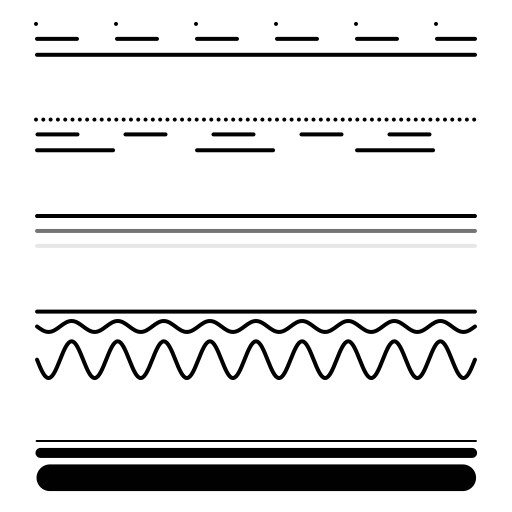Perception of Line Attributes for Visualization
Anna Sterzik, Nils Lichtenberg, Jana Wilms, Michael Krone, Douglas Cunningham, Kai Lawonn
DOI: 10.1109/TVCG.2023.3326523
Room: 105
2023-10-26T03:36:00ZGMT-0600Change your timezone on the schedule page
2023-10-26T03:36:00Z

Fast forward
Full Video
Keywords
Line Drawings, Line Stylization, Perceptual Evaluation, Uncertainty Visualization.
Abstract
Line attributes such as width and dashing are commonly used to encode information. However, many questions on the perception of line attributes remain, such as how many levels of attribute variation can be distinguished or which line attributes are the preferred choices for which tasks. We conducted three studies to develop guidelines for using stylized lines to encode scalar data. In our first study, participants drew stylized lines to encode uncertainty information. Uncertainty is usually visualized alongside other data. Therefore, alternative visual channels are important for the visualization of uncertainty. Additionally, uncertainty—e.g., in weather forecasts—is a familiar topic to most people. Thus, we picked it for our visualization scenarios in study 1. We used the results of our study to determine the most common line attributes for drawing uncertainty: Dashing, luminance, wave amplitude, and width. While those line attributes were especially common for drawing uncertainty, they are also commonly used in other areas. In studies 2 and 3, we investigated the discriminability of the line attributes determined in study 1. Studies 2 and 3 did not require specific application areas; thus, their results apply to visualizing any scalar data in line attributes. We evaluated the just-noticeable differences (JND) and derived recommendations for perceptually distinct line levels. We found that participants could discriminate considerably more levels for the line attribute width than for wave amplitude, dashing, or luminance.